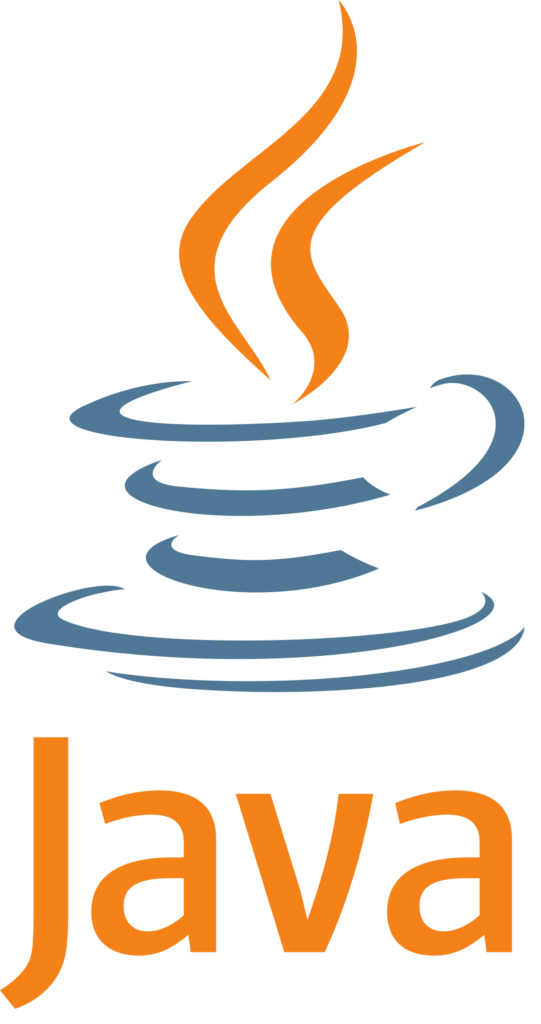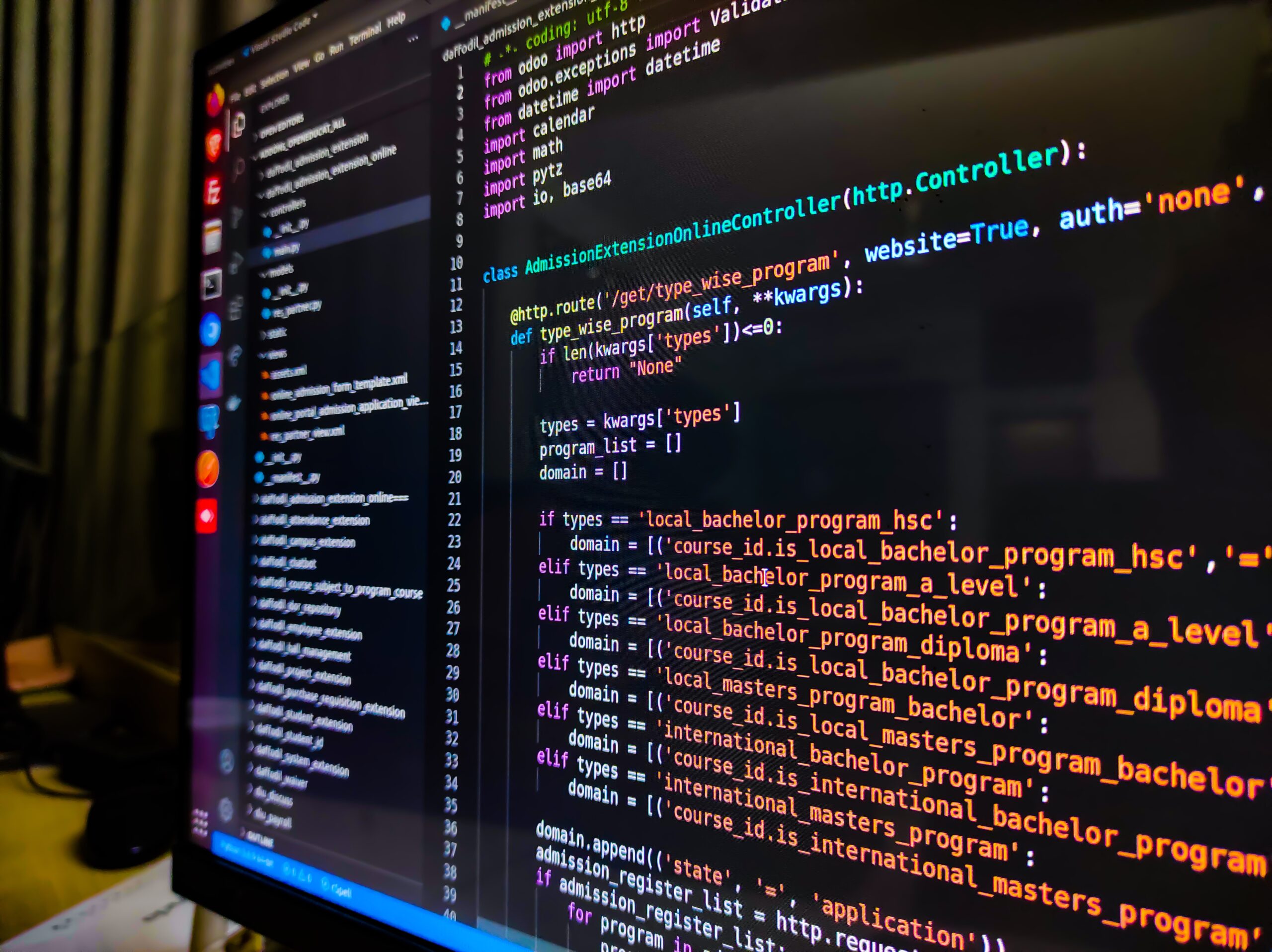









As we are witnessing the introduction of Mojo, a language to facilitate AI for all, let us take a look at the programming languages and technologies that are in use today. Though most data applications can be implemented in any language, every new language has been invented for a reason and has its unique advantages over other languages. In this blog, we go through the 10 most used programming languages in the data field and their unique advantages. A small code snippet of each language is added to give you a sneak peek into how it looks.
Why learn about these languages?
Whenever there is a task do you automatically gravitate towards your favorite programming language that you always work with? This can be good because you get started right away and save some learning time. But what if the language does not have a certain package/library or it is too slow for your application? No language is one size fits all. It is much better to know pros and cons of certain languages in the field and choose your next tool wisely.
Do you still have to learn these languages when there are language models such as ChatGPT and GitHub Copilot to generate lines of code for you? The answer is yes. May be 10 years from today(2023), English will become a programming language and you just have to state your requirements. Until then, these tools can help you to generate code faster but they might often write incorrect code and you need to understand what the code does to fix errors and fill any gaps. Also, the systems have not yet developed to write entire codebases for complex scenarios.
Therefore, let us get started and learn about the 10 programming languages that power today’s AI systems.
Python
Python is by far the most popular and most used programming language for Data Science and AI. It reads like English and it is the easiest language to start programming with. There are many famous ML libraries such as Numpy, Pandas, PyTorch, Tensorflow that are used to develop AI systems. There are also many developers and a huge community to support you when you face issues. However, many developers complain about the speed of the language and sometimes have to port to faster languages such as C and C++.
import pandas as pd
# Load a CSV file into a DataFrame
data = pd.read_csv('data.csv')
# Display the first 5 rows of the DataFrame
print(data.head())
R
R is a language similar to Python that is mostly used for statistical applications and research work in universities. It has many packages for certain fields like BioInformatics and Time Series Analysis. It also has many datasets available to conduct preliminary analysis and testing. The Comprehensive R Archive Network(CRAN) is a central repository of libraries for various data related tasks. Moreover, the R Markdown provides an easy way to prepare scientific reports with explanation, code and results all at one place. Finally, data visualization packages like “dpylr” and “ggplot2” are used to make informative visuals.
# Load a CSV file into a data frame
data <- read.csv('data.csv')
# Display the first 5 rows of the data frame
head(data)Mojo
Mojo is the most recent addition to this list. It was started with intention of making the most of the advanced multi core GPUs we have today. Mojo improves performance by taking the best features from Python and C++. It claims to be 68000 times faster than Python and 5000 times faster than C++. It is based on an upgraded compiler infrastructure called Multi-Level Intermediate Representation Overview(MLIR) that is more suited to run code for Deep Learning and AI.
fn main():
var x: Int = 1
x += 1
print(x)SQL
Structured Query Language(SQL) is the language of Data and Business Analytics. From simple queries to complex stored procedures, triggers and analytic functions, SQL can do it all with data. It has evolved over several years to have new features such as security, support for text and geospatial data etc.,. It is used to perform operations like Extract, Transform and Load(ETL) operations used in Big Data Analytics. Variants of SQL such as SparkSQL were also designed to scale SQL to work with Apache Spark in a Big Data setting.
-- Assuming we have a "data" table in the database
SELECT column1, column2 FROM data WHERE condition;Julia
Julia is a programming language introduced recently for addressing the performance issues in scientific computing. It provides capabilities to run computation intensive numerical simulations. The language is dynamically typed like Python and provides special packages for animated data visualizations, machine learning and data science. It offers packages to work with Data frames as in Pandas and to run traditional ML algorithms and Deep Learning. Additionally, it offers interoperability with Python, R, C/C++ and Java.
using CSV
# Load a CSV file into a DataFrame
data = CSV.File("data.csv")
# Display the first 5 rows of the DataFrame
first(data, 5)Java
Java is one of the object oriented programming languages I have learnt 10 years ago. Though many languages have been invented since then, Java has held its own and survived. The Just-In-Time(JIT) compilation and multi-threading capabilities make it suited for handling AI applications in production. It can provide scalability and a faster execution time than Python. There are many Java packages available for AI use cases such as DeepLearning4J and Java-ML. In fact, one of the most famous Natural Language Processing(NLP) libraries, CoreNLP by Stanford Group was written in Java.
import edu.stanford.nlp.simple.*;
Sentence sent = new Sentence("Lucy is in the sky with diamonds.");
List<String> nerTags = sent.nerTags(); // [PERSON, O, O, O, O, O, O, O]
String firstPOSTag = sent.posTag(0); // NNPScala
Scala is similar to Java in the sense that it uses the Java Virtual Machine(JVM) for compilation. While Java is predominantly an object oriented programming language, Scala also implements the functional programming paradigm. Data streaming has become a popular term these days that deals with continuous flow of data through applications. Tools like Apache Kafka work with Scala for writing data streaming applications. There are also ML packages like Apache Spark MLlib that have been written in Scala.
// Count the number of words in a text source
val textFile = spark.textFile("hdfs://...")
val counts = textFile
.flatMap(line => line.split(" "))
.map(word => (word, 1))
.reduceByKey(_ + _)
counts.saveAsTextFile("hdfs://...")SAS
Statistical Analysis System(SAS) is a statistical software that is used to perform analytics on data from various sources. It has many modules that facilitate predictive analytics such as Statistical Analysis, Graphics and Presentation etc.,. The SAS syntax has two aspects – data and procedures to operate on the data. It is also typically used by large organizations to gain insights about customers known as customer intelligence. SAS also provides tools where you can work with other scripting languages such as R, Python and SQL.
data mydata;
infile 'data.csv' delimiter=','; /* Read data from a CSV file */
input var1 var2; /* Define input variables */
run;
proc print data=mydata (obs=5); /* Display the first 5 rows */
run;C/C++
C and C++ are programming languages that have been around for many years. They work on a lower level than the other languages but also offer an opportunity to allocate and deallocate memory as required. This helps with writing custom modules to suit our needs and handle memory and computational power more efficiently. For instance, Andrej Karpathy has implemented a version of the Llama-2 model in C++ as llama.cpp which allows us to run a huge large language model(LLM) with billions of parameters on our local machines with a CPU.
#include <iostream>
#include <fstream>
#include <string>
int main() {
std::ifstream inputFile("data.txt"); // Open a file for reading
std::string data;
inputFile >> data; // Read data from the file
std::cout << "Data from file: " << data << std::endl; // Display the data
return 0;
}Matlab
Matlab is a scientific computing programming language used across several industries like aerospace, communications and medicine. It provides tools to perform data analysis, signal processing, control systems, image and video processing etc.,. Matlab is mostly used to develop software for edge devices where huge amounts of sensor data needs to be captured and analyzed. It is also used in the field of Medicine to analyze MRIs and other medical related images.
% Load a CSV file into a table
data = readtable('data.csv');
% Display the first 5 rows of the table
disp(data(1:5, :));Conclusion
So, what language should you learn? Start with Python if you are a beginner. Are you looking for a PhD or a research position? Start with R and also add Julia to your skillset. Learn SQL anyway because most of the data in the world is in relational databases and you would need it to work with data in any capacity. Go for Matlab if you plan to work in the electronics or communication industry. Do you need to deal with constant flow of high amounts of data? Scala, to the rescue. Is performance the most important attribute of your application? Then, try Mojo and let us know in the comments if you have observed the speed improvements too.
Ultimately, programming languages are only tools to accomplish your task. In the data field, understanding the business problem and the collected dataset are the most important steps. I hope this blog helped you to make a right choice about the programming language for your next project.
Tell us about your favorite programming language in the comments section below. Want to read more blogs like this? Make sure to check out more such posts here. Want to write for us and earn money? You can find more details here.

